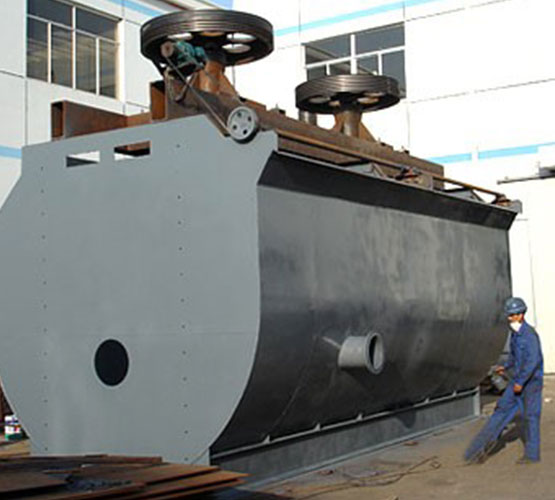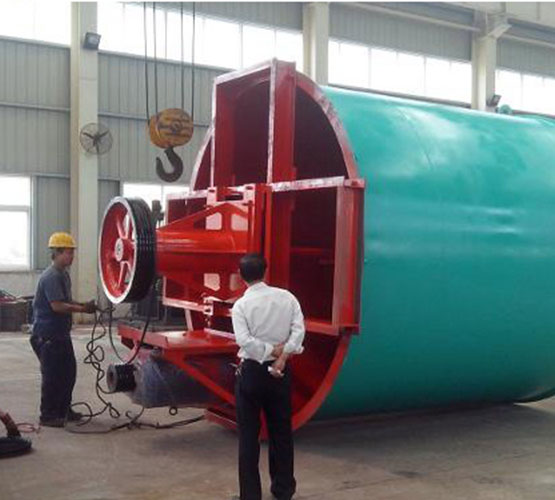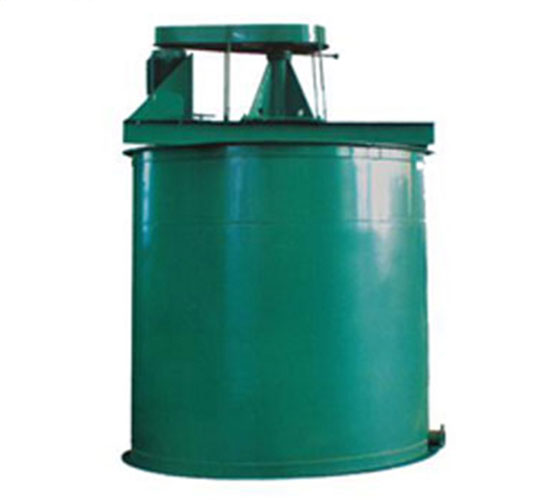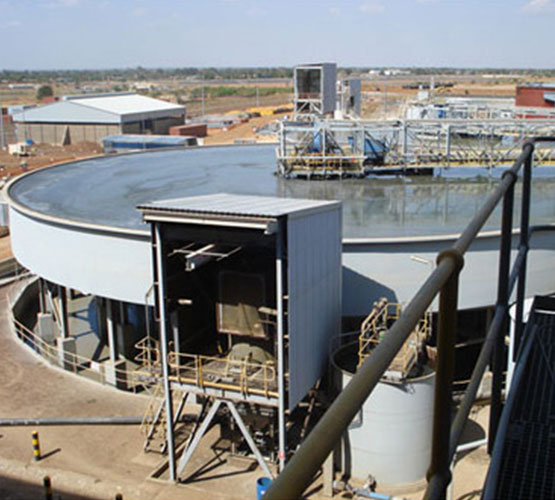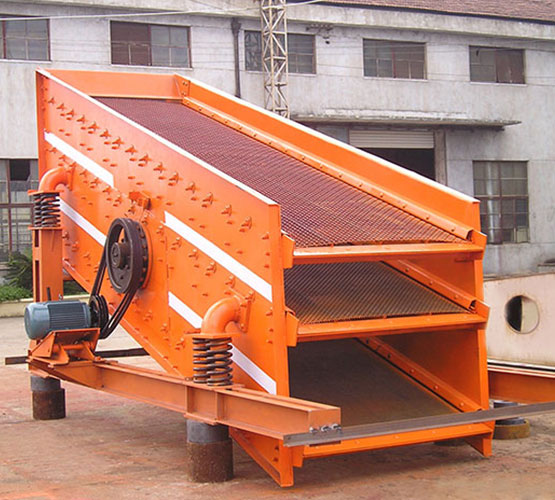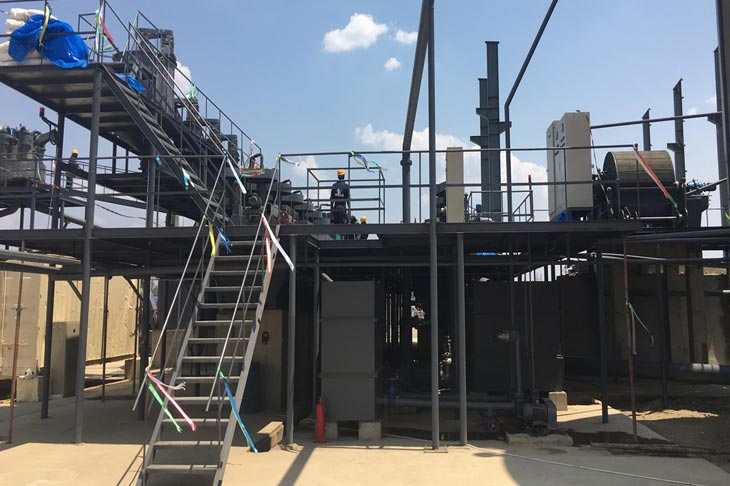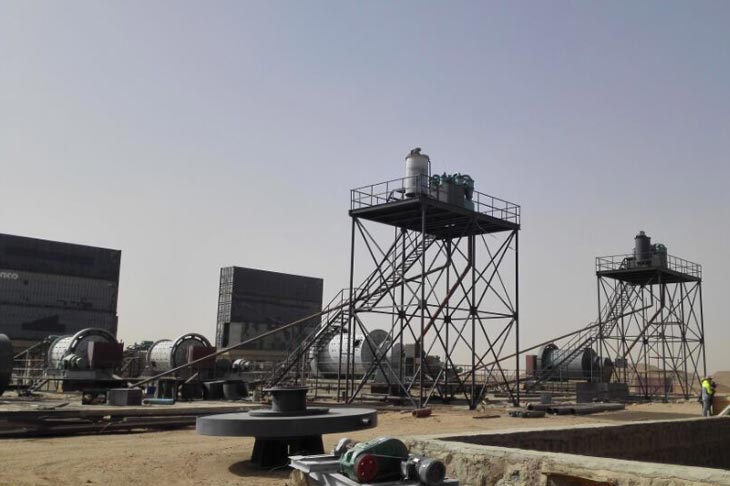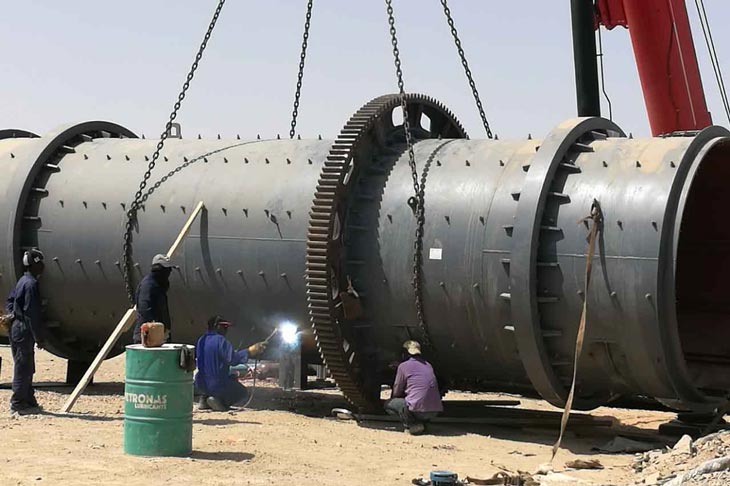Flotation Machine Advantages
1. Large pulp circulation volume up to 2.5 times, is conducive to mineralization of pulp, reagents and air;
2. Large air suction volume, good dispersion effect;
3. Reasonable circulation of mineral slurry and the solid particles suspend well, no sediment in the tank, and no need to feed mine when it stopped.
4. Wide range of particle size and high recovery rate of ore selection;
5. Mechanical agitation; self-air suction but not slurry; ladder is necessary during processing (drop height: 300-400 mm);
6. It can be combined with model SF as a flotation cell set: model SF as the suction cell and model JJF as the direct flow cell.
Flotation Machine Structure

1 - trough body; 2 - false bottom; 3 - diversion tube; 4 - adjustment ring; 5 - impeller;
6 - stator; 7 - dispersion cover; 8 - column; 9 - bearing body; 10—motor;
JJF type flotation machine is mainly composed of tank body, impeller, stator, dispersing cover, false low, draft tube, vertical tube, adjusting ring.
Shallow tank, small diameter, low rotary speed, and low power consumption.
Large clearance between impeller and stator, the stator is a cylinder with elliptic hole, and it is good for mixing and dispersing the gas and pulp. The height of stator is lower than the impeller, pulp circulation volume is large, and it can be reached at 2.5 times of others.
The umbrella-type dispersion cover with holes of the stator can separate the eddy current and bubbles that produced by impeller, so as to keep the pulp surface stable.
Flotation Machine Working Principle
When the impeller rotates, eddy current is generated in the vertical cylinder and the draft tube. The eddy current forms a negative pressure, and the air is sucked from the intake pipe and sucked in the impeller and stator regions and through the draft tube. Mix the pulp. The slurry gas mixing flow is moved by the impeller in a tangential direction, and then converted into a radial motion by the action of the stator, and uniformly distributed in the flotation tank. The mineralized bubbles rise to the foam layer, and the unilateral or bilateral scraping is the foam product.
|
Model
|
Volume
(m³)
|
Impeller diameter (mm)
|
Productsive
capacity
(m³/min)
|
Impeller speed (r/min)
|
Motor
|
Dimension
(L×W×H) (mm)
|
Weight of single cell
(kg)
|
|
Model
|
Power
(kw)
|
|
JJF-1
|
1
|
280
|
0.3~1
|
443
|
Y132M2-6
|
5.5
|
1400×1400×650
|
1230
|
|
JJF-2
|
2
|
280
|
0.5~2
|
443
|
Y160M-6
|
7.5
|
1400×1400×1150
|
1437
|
|
JJF-3
|
3
|
350
|
1~3
|
360
|
Y160L-6
|
11
|
1500×1850×1200
|
1740
|
|
JJF-4
|
4
|
410
|
2~6
|
305
|
Y160L-6
|
11
|
1600×2150×1250
|
2300
|
|
Y100L-6
|
1.5
|
|
JJF-5
|
5
|
410
|
2~6
|
305
|
Y160L-6
|
11
|
1600×2150×1550
|
2100
|
|
Y100L-6
|
1.5
|
|
JJF-8
|
8
|
540
|
4~10
|
233
|
Y200L2-6
|
22
|
2200×2900×1400
|
4500
|
|
Y100L-6
|
1.5
|
|
JJF-10
|
10
|
540
|
4~12
|
233
|
Y200L2-6
|
22
|
2200×2900×1700
|
4800
|
|
Y100L-6
|
1.5
|
